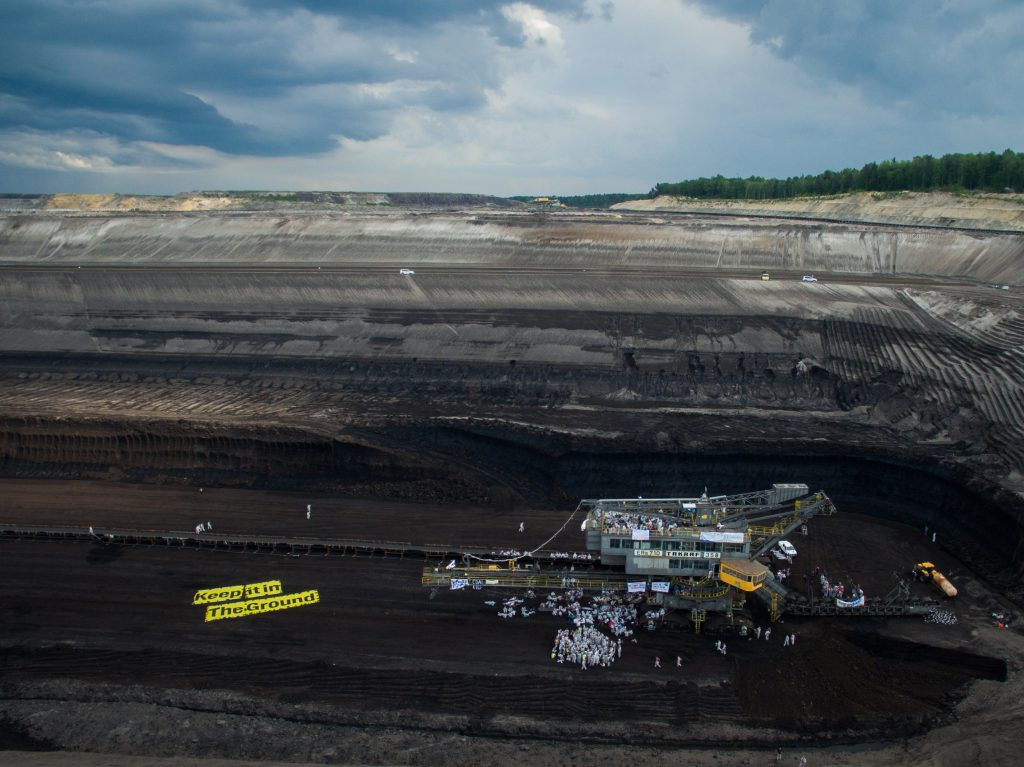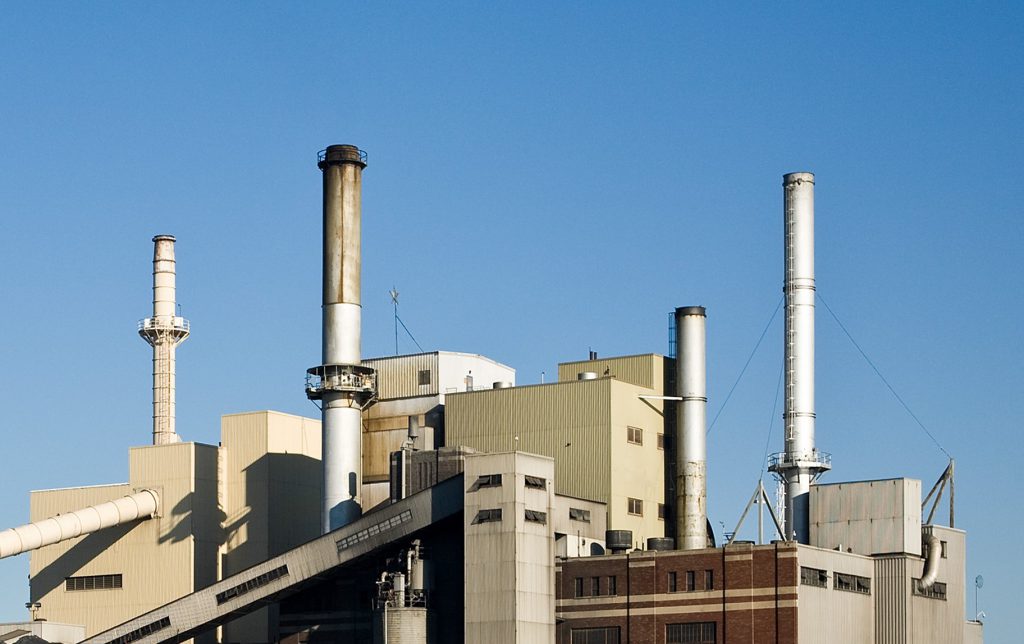
By Bruce Nilles, Senior Director of Beyond Coal Campaign, Sierra Club
Sierra Club’s partnership with Bloomberg Philanthropies on the Beyond Coal campaign over the past five years has helped the United States cut carbon pollution further and faster than any other major country in the world.
There’s no secret to the success of our campaign. This grassroots effort has helped retire 238 of the 523 coal plants that were operating nationwide in 2011 – equal to approximately one third of total electricity generating capacity powered by coal. We’ve accomplished this through a combination of grassroots campaigning, litigation, local and national policy advocacy, and strategic communications.
But the U.S. isn’t the only coal burning country. And thanks to the efforts of Sierra Club and allies, the U.S. now emits less than a quarter of total global greenhouse gas emissions. However, climate change doesn’t stop with the U.S. – it’s a truly global dilemma. If the international community is to rise to the climate challenge, we must tackle coal pollution in other parts of the world, where the dirtiest fossil fuel still poses an enormous threat.
With this in mind, this spring I traveled to Europe to meet an inspiring group of coal campaigners to discuss the critical task at hand: phasing out coal as a source of power generation over the coming years. Simply put, we need to do this and much more if we are to keep global warming at 2 degrees or lower, the threshold scientists agree is necessary to prevent dangerous climate disruption.
There are strong arguments that this phase-out must begin in developed countries first, since they have been burning the most coal for the longest. Developed nations can also best afford to showcase how to make the transition from coal fair and equitable for the communities who have been subjected to the suffering associated with fossil fuel extraction and burning for decades.
But moving beyond coal isn’t just about economic development or climate risk; it’s also about safeguarding against the public health risks facing anyone living near or around coal plants.
Earlier this month, Health and Environment Alliance, Climate Action Network Europe, World Wildlife Fund European Policy Office, and Sandbag released a new report titled Europe’s Dark Cloud on the deadly health effects of coal consumption in Europe. The report found that in 2013 alone, the EU’s 280 coal plants caused almost 23,000 premature deaths.

During my travels to Europe, I visited the small community of Proschim in Eastern Germany, which is in the crosshairs of the proposed expansion of a massive, dirty open pit brown coal mine that has already destroyed 90 square kilometers of farms and small villages over the past decades.While in Proschim, I met with dozens of campaigners from across Europe to share lessons learned from the work of the Sierra Club’s Beyond Coal campaign in the United States. Over three days together we shared stories and strategies, and I was peppered with questions about our U.S. work.
These are some of the key takeaways from our discussions:
- Time is of the essence. We need to do more to cut carbon emissions quickly on both continents. Existing EU and U.S. national policies will not yield the scale of reductions needed, but we can win local, bottom-up victories by going plant-by-plant to retire coal at a scale that just might get us where we need to go. Simply put, we cannot wait for national bodies to act on climate change, but we can work with local organizations dealing with the impacts of coal within their communities.
- Local, grassroots campaigns are a critical component of overcoming the inertia and the power of the coal lobby. Time and again in U.S. communities, local health-based campaigns have overcome the enormous money and influence thrown about by the coal industry and achieved a scale of coal retirements no one thought possible even a couple of years ago. Similar efforts in Italy and Spain are already making progress on coal retirements even as the coal lobby is working to weaken proposed health-based regulations in Brussels.
- Data on public health liabilities expose the soft underbelly of the coal industry. It is not just in the U.S. where the coal industry imposes huge health costs on the public. The new Dark Cloud report shows how European coal plants are spewing pollution across the entire continent. Having these data at hand (and using them effectively to challenge the economics of coal) is critical to any effort to take on coal.
- Local governments can be great allies to secure local progress and raise the ambition of national governments. While in Germany, I shared stories from cities like Los Angeles, Chicago, Austin, and Indianapolis, where local campaigners working with local decision-makers were able to take on coal plants that had previously seemed invincible. In Europe, local leaders like Paris Mayor Anne Hidalgo and the new Mayor of London Sadiq Khan are making the connection between public health and air pollution, and urging strong action.
- Local progress can become contagious. Late last year, our Beyond Coal efforts in the U.S. helped set up Canadian NGOs to push the new government in Alberta, Canada to phase out the province’s coal plants. This progress inspired activists across the Atlantic to ramp up their efforts to push for a coal phase-out in the United Kingdom. Since then, organizations across Europe have been coordinating on continent-wide strategies.
After returning from Europe, I am even more confident that this growing movement to bring about an end to the age of coal will succeed, in part because greater numbers of citizens in more and more countries are seizing opportunities to share best practices, to scale what works based on a proven model of success, and to accelerate global climate action worldwide.